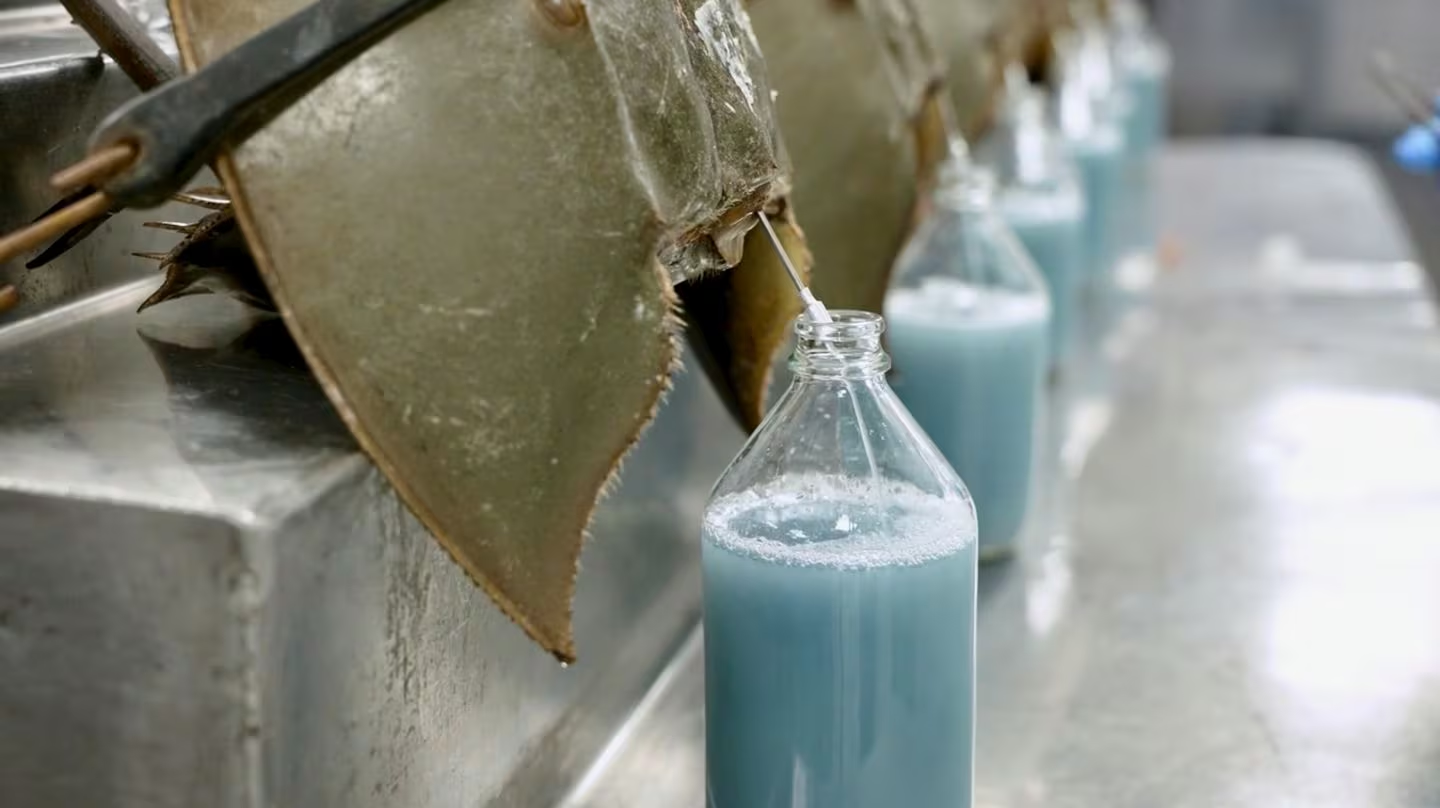
Horseshoe crab blood is more fascinating than one might initially think. This unique substance, a vibrant blue, plays a crucial role not only in the crab's survival but also in modern medicine. For decades, scientists and medical professionals have relied on this remarkable fluid for its unparalleled properties in detecting bacterial contamination in vaccines and medical devices. But what makes this blood so special, and why is it blue? Beyond its medical uses, the life cycle and conservation status of horseshoe crabs also present intriguing topics. In this introduction, we'll briefly touch on 14 captivating facts about horseshoe crab blood, shedding light on its importance, both in nature and in healthcare. From its alien-like appearance to its critical role in biomedical research, prepare to be amazed by the secrets this ancient creature holds within its veins.
What Makes Horseshoe Crab Blood Unique?
Horseshoe crabs have been around for millions of years, but their blood holds some fascinating secrets. Let's dive into what makes their blood so special.
-
Horseshoe crab blood is blue. Unlike humans, whose blood is red due to iron, horseshoe crabs have copper-based hemocyanin, giving their blood a blue hue.
-
Their blood contains amebocytes. These cells play a crucial role in detecting bacterial endotoxins, making horseshoe crab blood invaluable in medical testing.
-
Horseshoe crab blood clots around bacteria. This clotting mechanism helps protect the crab from infections and is harnessed in the Limulus Amebocyte Lysate (LAL) test.
The Role of Horseshoe Crab Blood in Medicine
Horseshoe crab blood isn't just unique; it's also incredibly useful in the medical field. Here are some ways it helps keep us safe.
-
The LAL test uses horseshoe crab blood. This test checks for bacterial contamination in medical equipment, vaccines, and IV drugs.
-
Horseshoe crab blood saves lives. By ensuring medical products are free from harmful bacteria, it helps prevent infections and complications.
-
It's used in space missions. NASA uses the LAL test to ensure spacecraft are free from Earth bacteria before launching.
Conservation Efforts and Horseshoe Crab Blood
Given the importance of horseshoe crab blood, conservation efforts are crucial to protect these ancient creatures.
-
Overharvesting is a concern. Horseshoe crabs are often collected for their blood, leading to population declines.
-
Regulations are in place. Many regions have implemented rules to limit horseshoe crab harvesting and protect their populations.
-
Synthetic alternatives are being developed. Scientists are working on creating lab-made versions of the LAL test to reduce reliance on horseshoe crabs.
Interesting Facts About Horseshoe Crabs
Beyond their blood, horseshoe crabs have some other fascinating traits worth knowing.
-
Horseshoe crabs are ancient. They've been around for over 450 million years, predating dinosaurs.
-
They have ten eyes. These eyes help them navigate their environment and find mates.
-
Horseshoe crabs molt. They shed their exoskeleton multiple times as they grow, which can be a vulnerable period for them.
-
They play a role in ecosystems. Horseshoe crabs are a food source for many animals, including migratory birds.
-
Horseshoe crabs are not true crabs. Despite their name, they are more closely related to spiders and scorpions.
A Final Glimpse at Horseshoe Crab Wonders
Horseshoe crab blood has been a marvel of the natural world and a cornerstone in medical research. Its unique properties have not only shed light on new scientific discoveries but also saved countless lives through its application in detecting bacterial contaminants in medications and medical devices. As we've journeyed through the fascinating aspects of this ancient creature's contribution to science and medicine, it's clear that their value extends far beyond their prehistoric origins. Efforts to conserve these remarkable animals are crucial, ensuring they continue to thrive and assist in medical advancements for years to come. Let's cherish and protect these living fossils, for their blood is more than just a biological wonder; it's a lifeline for both the health of our oceans and humanity.
Was this page helpful?
Our commitment to delivering trustworthy and engaging content is at the heart of what we do. Each fact on our site is contributed by real users like you, bringing a wealth of diverse insights and information. To ensure the highest standards of accuracy and reliability, our dedicated editors meticulously review each submission. This process guarantees that the facts we share are not only fascinating but also credible. Trust in our commitment to quality and authenticity as you explore and learn with us.


